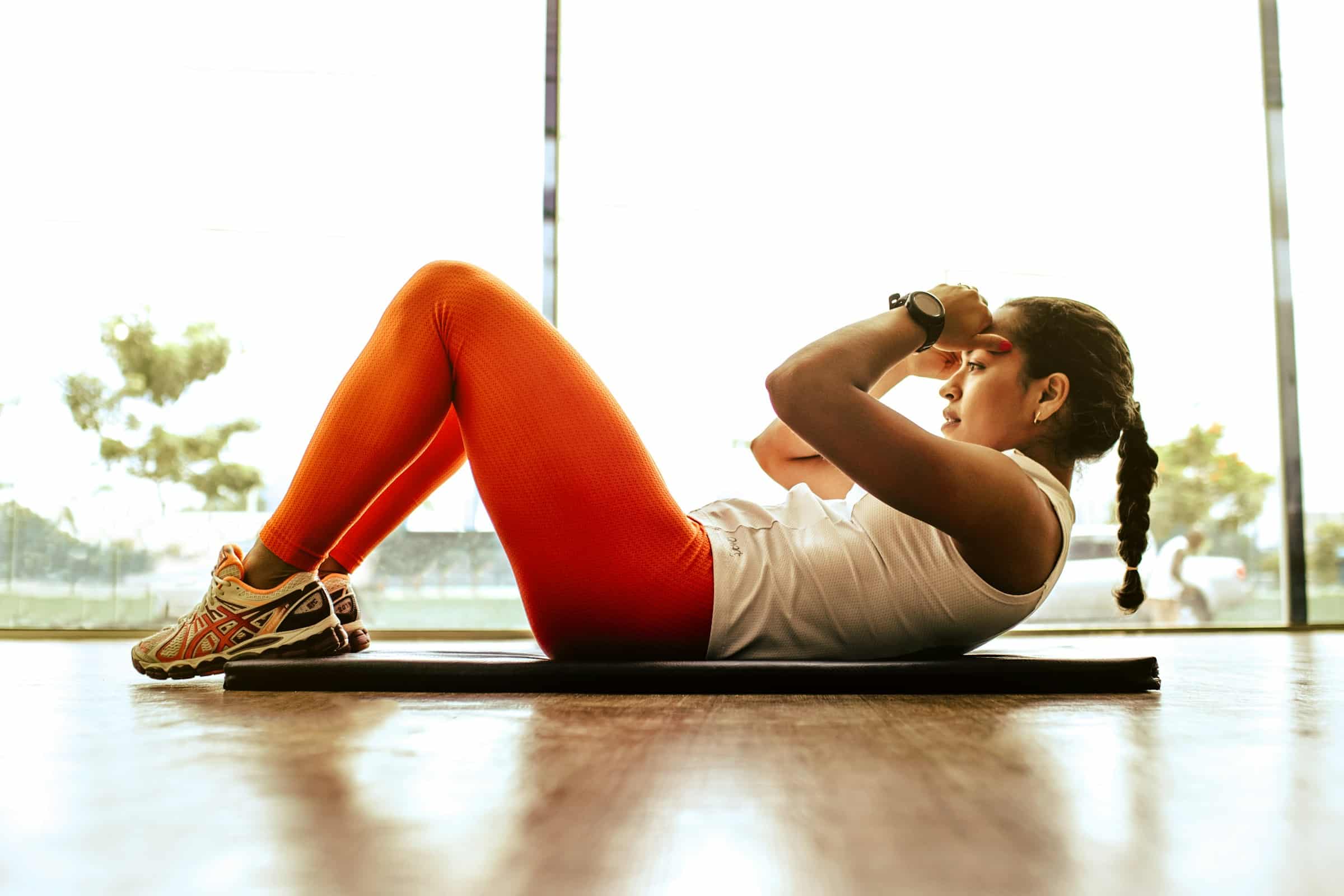How Can Position-Specific Training Improve Performance in Field Hockey Goalkeepers?

As hockey aficionados, you are no doubt aware of the pivotal role a goalie plays in the sport. The goalie is the last line of defence, their performance can be the difference between victory or defeat. Position-specific training is a crucial factor in augmenting a field hockey goalie’s performance. Let’s delve deep into how specialized training can enhance the strength, speed, and movement of goalies, leading to a significant improvement in their overall performance.
Position-Specific Training: The Secret to a Powerful Goalie
This section will introduce you to the concept of position-specific training and its importance in developing a goalie’s power and muscle strength.
A découvrir également : What Are the Benefits of Altitude Training for Professional Distance Swimmers?
Position-specific training refers to the tailored exercise and training regimen that focuses on developing the specific skills required for a particular position on the field. In the context of field hockey, it means training that targets the unique demands and movements of a goalie. As a goalie, this training will focus on improving your strength and power. This is because, as a goalie, you are required to make quick, explosive movements to block incoming shots. You need to possess great strength to propel yourself across the goal and to make powerful throws.
This type of training typically includes exercises that work on the major muscles a goalie uses during a game. These exercises will focus on your lower body, core, and upper body muscles. Lower body exercises help enhance your lateral movement and quick footwork, while upper body exercises develop your throwing and blocking strength. Core exercises, meanwhile, assist in creating a stable base for these movements. In addition, these exercises will also improve your power, allowing you to execute your actions with greater force and speed.
A lire également : How to Create an Injury Prevention Warm-Up for Amateur Cricket Bowlers?
Speed and Agility: The Hallmark of a High Performing Goalie
In this section, we will explore the role of speed and agility in a goalie’s performance and how specific training can cultivate these attributes.
The importance of speed and agility in a goalie’s performance cannot be overstated. Quick reflexes and the ability to change direction swiftly can be the difference between a successful save and a goal. Position-specific training geared towards improving a goalie’s speed and agility will typically include a variety of drills designed to enhance these aspects.
This type of training can involve short, intense exercises that mimic the sudden, explosive movements a goalie must make during a game. Drills that require quick changes in direction, such as lateral movement drills, agility ladder drills, and quick feet drills, can significantly improve a goalie’s speed and reaction times. This training regimen will also incorporate an element of unpredictability to simulate the unpredictable nature of a hockey game.
Body Training: Enhancing Goalie’s Specific Movements
Here, we delve into the ways that body training, particularly focusing on a goalie’s specific movements, can elevate their performance in the field.
As a goalie, your movements are drastically different from other players on the field. Unlike outfield players who constantly move during the game, your actions are more sporadic but equally, if not more, intense. Anticipating an incoming shot, diving to the side to block it, and quickly getting back on your feet all require a unique set of skills.
Body training for goalies should, therefore, focus on enhancing these specific movements. Plyometric exercises, for example, can increase your explosive power, aiding in making quick, powerful movements. Balance and stability exercises are also essential for improving your ability to quickly recover after a dive or a jump.
The Role of Time in Training and Performance
Understand the importance of time in training and how it can significantly impact a goalie’s performance on the field.
The old adage ‘practice makes perfect’ might be a cliché, but it holds true in sports. The more time you dedicate to training, the better you will become – up to a point. However, it’s not just about the quantity of training but also the quality.
For goalies, it is essential to spend time focussing on the quality of your movements and honing your skills. Regular and consistent training is key to mastering the movements and skills required for your position. However, it is equally crucial not to overdo it. Overtraining can lead to burnout and injury, which can significantly hamper your performance.
Building Mental Strength: An Overlooked Aspect of Training
Let’s discuss the importance of mental strength in a goalie’s performance and how training can help build it.
Mental strength is often an overlooked aspect of training, but it is just as crucial as physical strength and agility, particularly for a goalie. You are often isolated from the rest of the team, and the pressure can be immense. Building mental strength is, therefore, an integral part of position-specific training.
Mental training exercises can help goalies develop their concentration, resilience, and decision-making skills. These exercises can include visualization techniques, mindfulness exercises, and even working with a sports psychologist. By integrating mental strength training into your regimen, you can cultivate a strong mindset that complements your physical skills, setting you up for success in the field.
As a goalie, you are the guardian of your team’s net, and position-specific training can ensure you are well-equipped to perform this role effectively and efficiently. By focusing on strength, speed, specific movements, time management, and mental strength, you will be ready to face any challenge that comes your way on the field.
Goalie-Specific Training: A Multifaceted Approach
A comprehensive training program for field hockey goalkeepers must include elements of strength training, speed agility, and sport-specific movements. This section elaborates on how to implement an effective goalie-specific program.
Strength training forms the backbone of any successful goalie training regimen. A goalie must have the strength to resist the force of a speeding hockey ball and the power to throw the ball across half the field. Exercises focusing on the upper body, lower body, and core are therefore vital. Squats, lunges, push-ups, chin-ups, and planks should be part of the goalie’s strength conditioning program.
Next, speed training is essential for a goalie’s performance. Improved speed and agility enable a goalie to react quickly to shots from any direction and change direction swiftly and efficiently. Drills like shuttle runs, agility ladder drills, and cone drills can help improve a goalie’s speed and response time.
Sport-specific training involves replicating the goalie’s movement patterns during a game. Instead of running for long distances, the goalie should practice short, explosive movements like dives and jumps, which are more relevant to their on-field performance. This type of training should also focus on improving balance and coordination, which are crucial for quick recovery after a save attempt.
A goalie-specific training program should also include elements of endurance training. Although a goalie’s movements are typically short and explosive, they need the endurance to repeat these movements throughout a 70-minute game. Interval training, circuit training, and high-intensity interval training (HIIT) are excellent ways to build endurance.
Building a Winning Mindset: The Role of Mental Conditioning
Mental strength is often underrated, but it plays a crucial role in a goalie’s performance. This section discusses how to incorporate mental conditioning into a goalie’s training program.
Concentration, resilience, and decision-making skills are key mental attributes of successful goalkeepers. Goalies are often under immense pressure, and they need to remain calm and focused throughout the game. Mental conditioning exercises can help build these skills.
One such exercise is visualization, where goalies imagine themselves making successful saves and throws. This helps build confidence and prepares them for similar situations during the game.
Another important aspect of mental conditioning is mindfulness, which can help goalies stay focused on the present moment. Mindfulness exercises such as breathing exercises and meditation can help goalies manage stress and anxiety, and improve their concentration.
Lastly, regular debriefing sessions with a sports psychologist can be highly beneficial. These sessions can help goalies handle the unique pressures of their position, stay motivated, and maintain a positive mindset.
In conclusion, training for field hockey goalkeepers is a multifaceted process that requires a balance of strength conditioning, speed agility, sport-specific movements, and mental strength. By integrating these elements into their training program, goalies can significantly improve their performance and become a formidable last line of defence for their team. With the right training, any field hockey goalie can develop the strength, speed, and mental resilience to excel in this challenging position.
